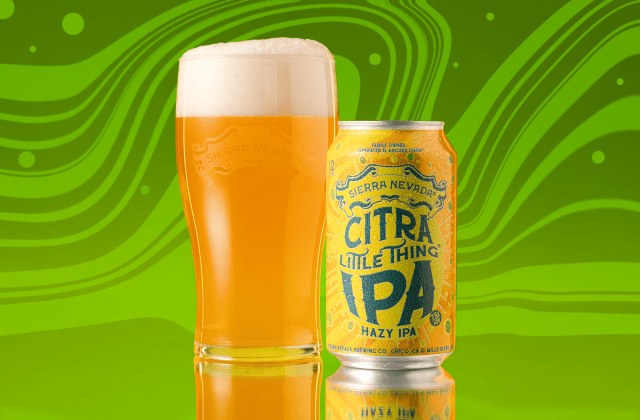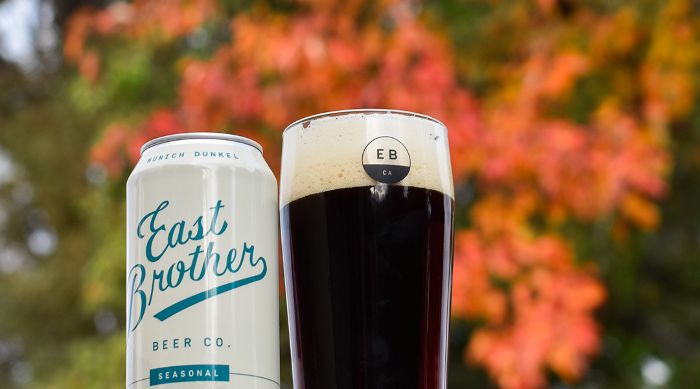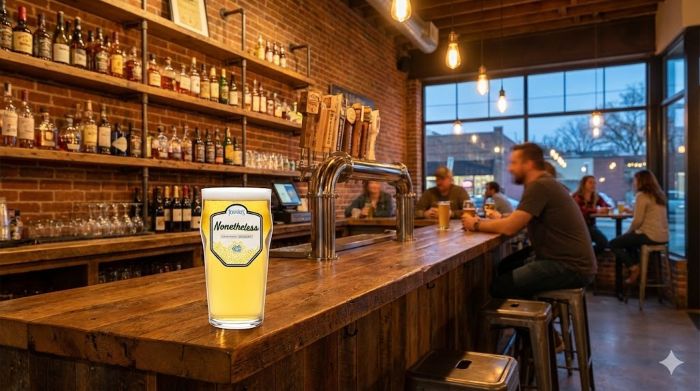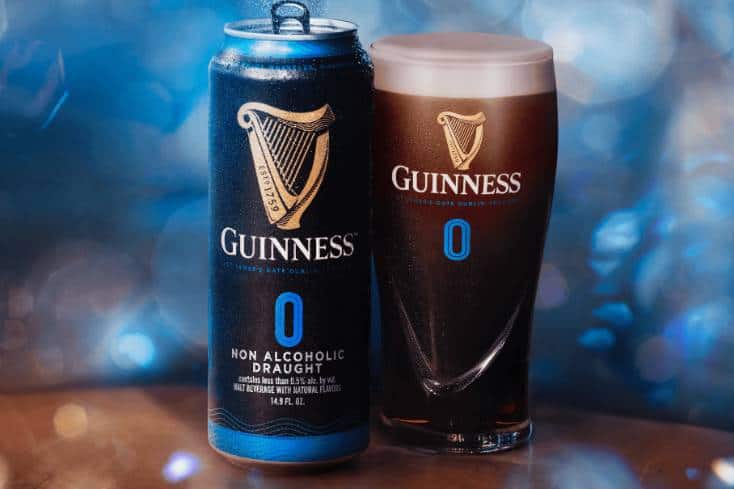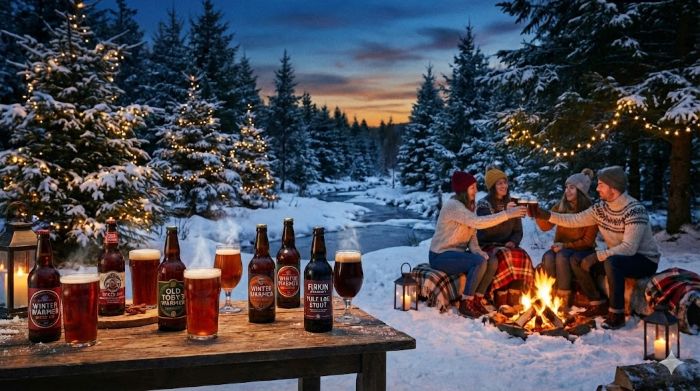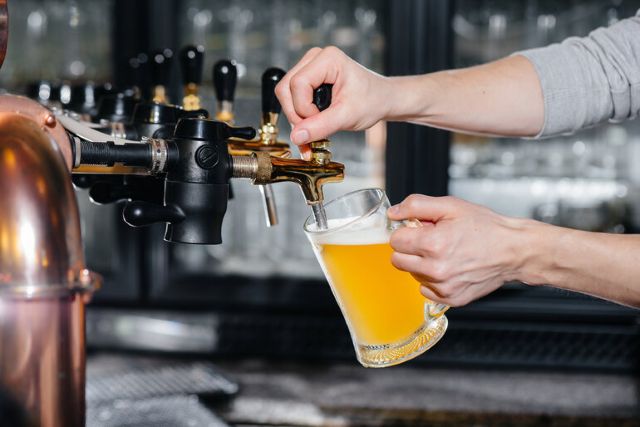What The Hell Is A Cold IPA?
What The Hell Is A Cold IPA?
 Conceived as an effort to save us all from the embarrassment of not knowing exactly what we’ve decided to put in our mouths, American Craft Beer’s “What the Hell” series is all about a beer’s backstory, it’s history and its future.
Conceived as an effort to save us all from the embarrassment of not knowing exactly what we’ve decided to put in our mouths, American Craft Beer’s “What the Hell” series is all about a beer’s backstory, it’s history and its future.
So welcome to the latest in our ongoing series (drum roll please…) “What the Hell is a Cold IPA?
The Basics
In the world of craft beer, the Cold IPA is a relatively new invention, with its roots tracing back to Kevin Davey, brewmaster at lager-centric Wayfinder Beer in Portland, Oregon. Davey coined the name “Cold IPA” to explain his particular lager ale hybrid, that caught on as “something new” in back in 2022.
Although the Cold IPA has yet to rise to a level where it warrants an official style designation, craft brewers still make them from time to time, and it does enjoy its own acronym (CIPA), so there’s that as well.
And despite its name, the Cold IPA isn’t necessarily served colder than other beers; the “cold” aspect refers more to the brewing process and the resulting characteristics of the beer.
The Cold IPA Brewing Process
The key to understanding Cold IPA lies in its brewing process. Traditional IPAs are beloved for their intense hop flavors and aromas, which are achieved through various hop additions during the brewing process.
Cold IPAs, however, incorporate some unconventional methods:
Lager Yeast: Unlike typical IPAs that use ale yeast, Cold IPAs often utilize lager yeast. This choice of yeast ferments at lower temperatures, resulting in a cleaner, crisper finish compared to the fruity and sometimes hazy profile of ale yeast IPAs.
Cold Fermentation: The fermentation process for Cold IPAs occurs at lower temperatures, akin to how lagers are fermented. This cold fermentation helps to accentuate the hop characteristics while maintaining a smooth and clean malt profile.
Adjuncts: Some Cold IPAs may include adjuncts like rice or corn, similar to light lagers, which can lighten the body and enhance the drinkability of the beer.
Dry Hopping: The hopping regime in Cold IPAs can be intense, with generous dry hopping to infuse bold hop flavors and aromas without overwhelming bitterness. This step is crucial in giving the beer its distinct hoppy character.
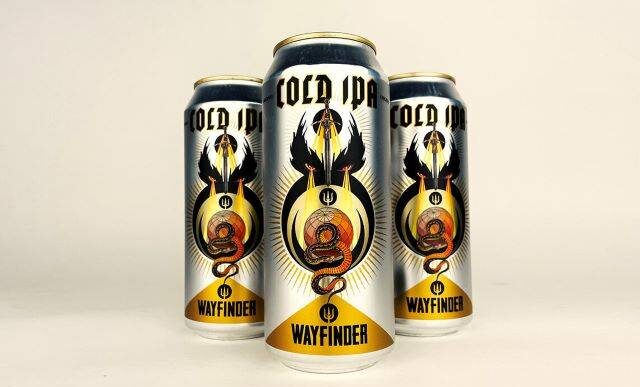
(Courtesy Wayfinder Beer)
At its best a Cold IPA combines the best of both worlds: the hop-forward intensity of an IPA with the crisp, refreshing qualities of a lager. A well-executed Cold IPA will have:
- Bright Hop Flavors: Expect a burst of citrus, pine, tropical fruits, and floral notes from the hops.
- Clean Malt Backbone: The malt profile is typically subdued, providing a clean canvas that allows the hops to shine.
- Crisp Finish: Thanks to the lager yeast and cold fermentation, the beer finishes clean and refreshing, making it highly drinkable.
- Balanced Bitterness: While the hop flavors are prominent, the bitterness is often balanced, preventing it from being too harsh or overwhelming.
Our Take
Although the Cold IPA initially garnered attention and praise from beer fans and brewers alike, the Cold IPA hasn’t generated the kind of long term buzz necessary to take it to the next level.
Brewers continue to play with them stylistically. But the public has yet to embrace them to the degree they have the Hazy IPA, which has achieved a level of popularity that truly warranted an officially style designation.
The arc of Cold IPA strikes us as similar to that of the Brut IPA semi-style which enjoyed a quick rise and equally swift decline in 2018.
Maybe the lack of a deeper passion has limited the Cold IPA’s long term legacy….Brewers and consumers remain interested in it, but never passionate about it…at least not enough.

